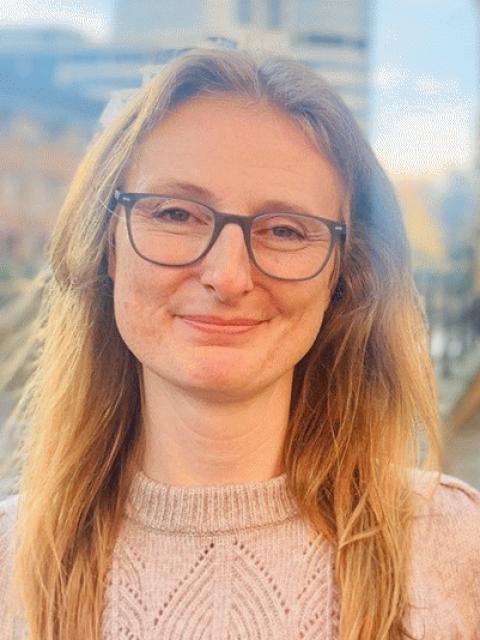The aim: to launch into the mature, traditional, global Scotch whisky market with a new single malt brand. Sound feasible? 14% growth in international exports, plenty of demand, clearly premium. Easy enough with big budgets but, as a small artisanal distillery, on the tiny Isle of Raasay in the Hebrides? Trickier, and riskier.
R&B Distillers pushed the "go" button back in 2017, and distilling was well under way when Boxclever was approached to explore the brand development. The challenge was, the new Isle of Raasay single malt would be a young whisky (not traditionally aged, high quality), flying in the face of how the category works.
The new brand had to compel consumers to pay top prices, for a product which did not display the traditional quality credentials. To buck category convention, to reinvent how quality was evaluated and create fresh, compelling reasons to believe in a new brand, which had the power to justify a premium price point. A tall order!
So how did we do it? Reframing the category using layered approaches
Creative qual was critical to show how to reframe the category, to determine the essence of the brand positioning. We needed to define what the brand should stand for and how it could create distinct meaning that would force consumers to reappraise quality.
With a limited budget, we layered approaches so each delivered on different objectives, and looked to different markets, experts and the wider industry to future proof brand positioning.
- Firstly, a quantitative research stage to size the market and define optimum target typologies who were aligned by their response to the category. This guided sample design for ethnography and workshopping.
- We held conversations with experts and leading edge consumers that highlighted trends and how category truths were moving in response to market activity.
- Our Ethnographic observation in New York and London whisky bars alongside category semiotics in store assessed how brands were creating standout, and illuminated white space in which the new Raasay brand could play.
- Then a series of creative, stimulus-led workshops unpicked consumer needs, defined how to challenge convention and assessed compelling emotional messages, that could form foundations for the best brand positioning. Story telling exercises revealed the language, concepts and imagery used by consumers to describe their relationship with the category and brands.
We learned that the most powerful whisky brands told stories, leaving consumers with an emotionally rich sense of the brand that was grounded in their history or in an imagined visual landscape in which the brand is placed. Brand development should be inspired by a sense of place, Raasay's dramatic landscape and a focus on modern.
A sense of place
Ethnography revealed how whisky is a hundred percent about the place it was distilled. The huge variation in taste between the Scottish distilling regions based on peat-profile, the water and processes brings provenance right to the fore for consumers in category navigation.
We also uncovered that the heritage story behind the brand was the most unique, motivating aspect. The history of Raasay drove interest, the tiny island, the existence of illicit distilling since time began, the isolation, the mystery; there was an opportunity for the resurrection of distilling on the island to be a key hook. So, provenance and historic 'place' became key emotional identifiers at the heart of the brand story.
Raasay's dramatic landscape
Imagery exploration indicated that the brand needed an iconography; a photographic backdrop to tell its story.
However, with so many Scottish distilleries (and unfamiliarity with the varying landscapes of Scotland) it was difficult to find ownable landscapes that would be unique to Raasay, that would drive consumers to the new brand, not just to the category.
While evocative imagery of Raasay was a must, the brand also needed ownable visual assets. That's why the structure of the glass bottle was designed to specifically to reflect the rocky landscape, to be beautiful, to standout in-store and in-bar, and in doing so, to communicate premium credentials.
A focus on modern
We explored the associations with young whisky, where distilling time was reduced from 25 to three years. While less traditional consumers recognised a broader market trend, negative connotations dominated, leading to a clear recommendation to shift away from communication of whisky age.
Instead, we saw clear value in emphasising more innovative, modern practices to create relevant brand connections. Doing things differently and courageously became the day-to-day currency for all decision making.
As "rare", "unique" and "unusual" were hugely compelling, we helped R&B utilise behavioural science heuristics like scarcity, to drive demand. The organisation ensured there was a limited amount of product available at launch and communicated this through 'ballots' to win the right to buy a bottle.
Did it work?
At launch, the Isle of Raasay Single Malt flew out to critical acclaim. In 2020, 7,500 bottles sold out before launch and the 2021 premium-priced first release was snapped up almost instantly via 17,000+ ballot entries, meaning 30,000 bottles were sold in H1 2021.
Demand remains strong, and the brand is distributed through high end retailers, bars, hotels and restaurants, carving out its premium niche.


